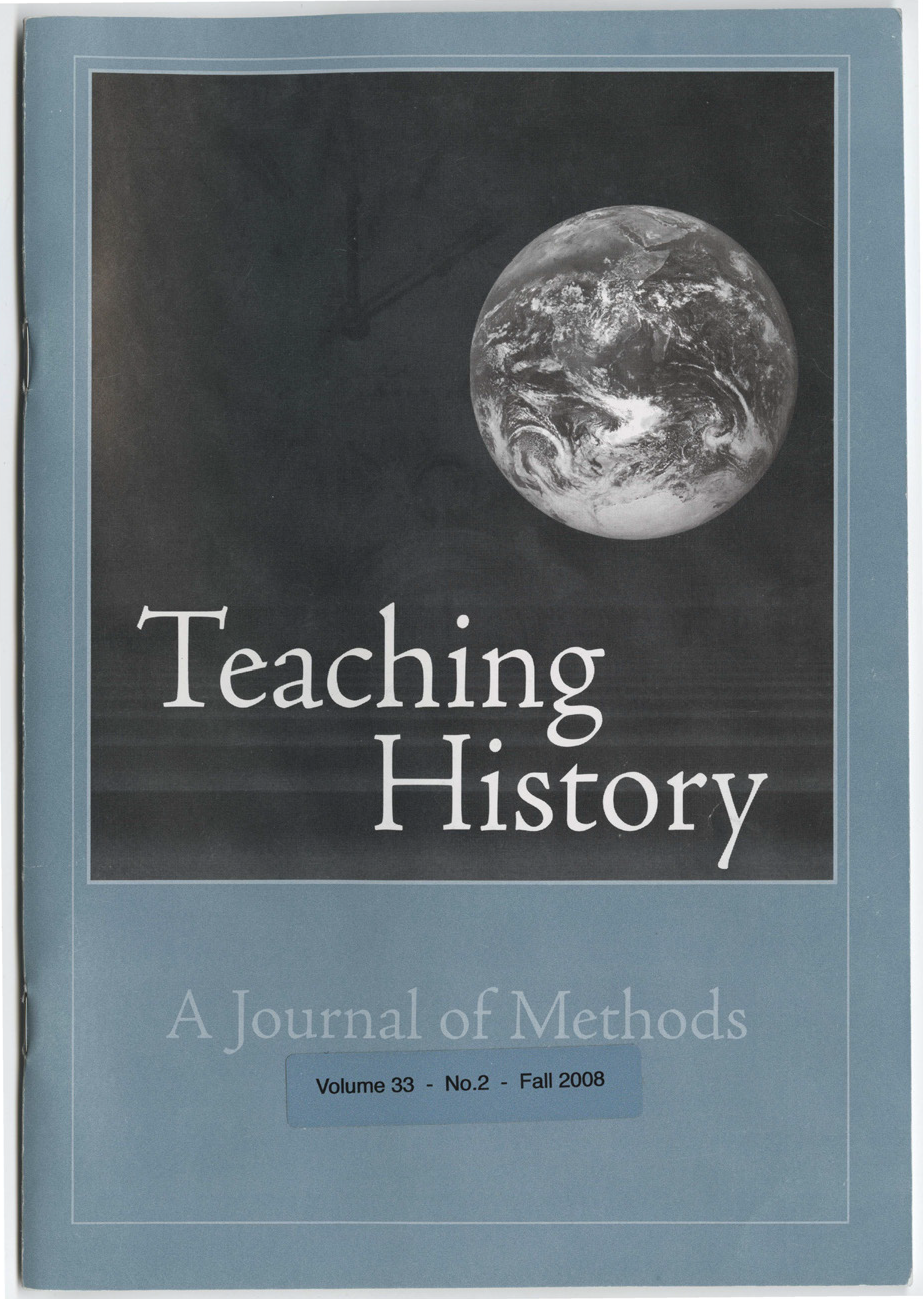Teaching The History Of Chinese Christianity
Some Pedagogoical Perspecitves Flim in History
DOI:
https://doi.org/10.33043/TH.33.2.75-84Abstract
Beginning in the sixteenth century, European Catholic orders, including Jesuits, Franciscans, and Dominicans, introduced Christianity and established mission outposts in China. Protestant missionary societies arrived in the middle of the nineteenth century. Despite the Eurocentric view of Christianity conveyed by Western missionaries, many Chinese believers successfully recruited converts, built churches, and integrated Christianity with traditional values, customs, and social structure. This pattern of Chinese church growth represents a large-scale religious development comparable in importance to the growth of Catholicism, Protestantism, and orthodoxy Christianity in continental Europe, the rise of Islam, and the Buddhist transformation of East Asia. The story of the Chinese church is an important chapter of the global history of cross-cultural interactions. The knowledge and insights gained from the China story throw light on the emergence of Christianity as a fast-growing religious movement in the non-Western world.
Downloads
Downloads
Published
How to Cite
Issue
Section
License
Copyright (c) 2008 Joseph Tse-Hei Lee

This work is licensed under a Creative Commons Attribution-NonCommercial-NoDerivatives 4.0 International License.
By submitting to Teaching History, the author(s) agree to the terms of the Author Agreement. All authors retain copyrights associated with their article or review contributions. Beginning in 2019, all authors agree to make such contributions available under a Creative Commons Attribution-NonCommercial-NoDerivatives 4.0 International license upon publication.



